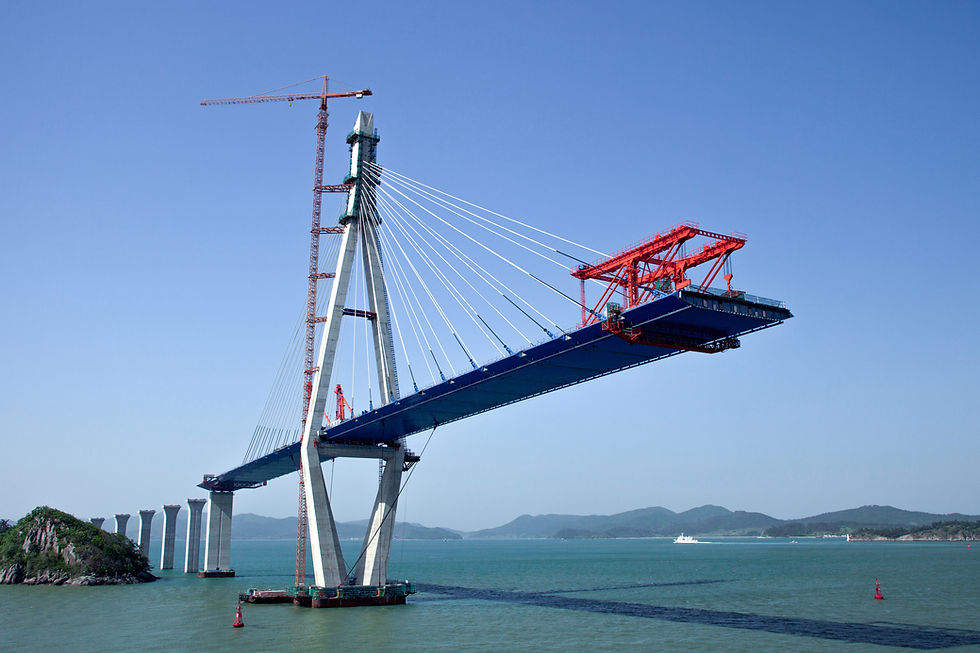Building the Invisible Bridge Between Data and Dollars
- Katie Tomlinson Broder

- Oct 27
- 2 min read

Every company today talks about being “data-driven,” and most are overflowing with talent. There are brilliant commercial and strategy teams who understand clients, markets, and the realities of revenue. There are exceptional quants, data scientists, and engineers who understand systems, models, and automation. Both areas of expertise are indispensable, and everyone is working incredibly hard. So why does it so often feel like pushing a rock up a hill, only to watch it roll right back down?
The problem isn’t effort or intelligence. It’s a clash of perspectives that live in parallel universes. Client-facing teams don’t understand the tech, and analytics teams don’t understand the business pressure points. Data teams, reluctant to admit they’re struggling with the commercial piece, often end up doing whatever the front office tells them—whether it makes sense or not. The business side, frustrated by delays or mismatched outputs, points fingers back at the tech side. Rinse and repeat. There is an invisible bridge between data and dollars that is missing and needs to be built.
The organizations that are best at breaking this cycle are the ones lucky enough to have people who understand both worlds and know how to connect them. These “translators” or bridge-builders make collaboration actually work. But here’s the catch: in most firms, having a translator is pure luck. Maybe a salesperson happens to be data-savvy. Maybe a quant has a strong commercial background. More often, they don't and they aren’t—and that gap is becoming costly.
Firms spend millions on data infrastructure and analytics capabilities, yet see limited return because the outputs don’t translate into business action. Insert the translator, and the impact is immediate. Teams build analytics that actually drive growth. Execution moves faster. Tools and insights get used and trusted. Finger-pointing slows, and culture improves along with performance. The connective tissue makes these massive investments finally pay off.
As data, technology, and commercial decision-making become ever more intertwined, the firms that see real returns won’t just have the most sophisticated models or the best salespeople—they’ll also have the strongest bridges. It’s time to recognize and invest in the value of a translator. It is no longer a “nice to have”; it’s a core capability for any modern business.
If this speaks to you, I would love to talk.
KTB


